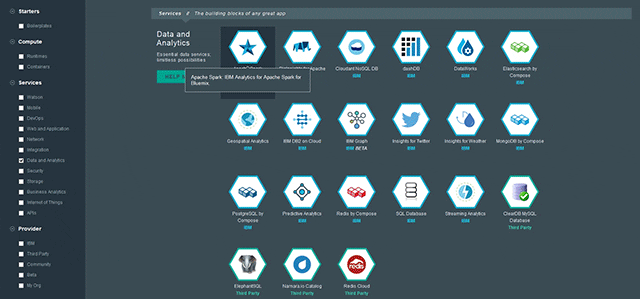Education has definitely moved away from the teacher facing a classroom of students all using the same textbook. Today the learning experience is internet and ML dependent for data, technology, and digital resources, No wonder the education system is deeply invested in machine learning.
Let us explore how a machine learning course of AI is going to bring its benefits to the education experience of the future. The class sizes keep increasing with compulsory education and teachers are often facing many challenges in giving attention and help to the large numbers of students. A big challenge like this has been simplified by incorporating computer programs with ML algorithms that allow each student to follow his own pace and learning curve.
The newer methods of experiential learning at educational institutions use advanced techniques of AI, machine learning and deep learning in instructing and teaching like chatbots and learning bots. A differentiated machine learning course and AI style of learning deal with the most effective style to help the student learn.
Adaptive based learning curates the learning exercises matching them to the student’s needs and knowledge gaps. Competency-based AI tests aid the students to gauge their learning levels and progress from thereon. Using all these three types of learning, ML and AI can together test how well the students adapt their learning to applications and thus promote the progress of students based on individual interests.
What is machine learning?
The definition of ML- machine learning is that it gives the AI the ability to self-learn from data, mimicking the human brain and is based on statistical techniques. The algorithm used need not be supervised or explicitly programmed. Almost all ML applications in education work very closely with concepts that are interconnected with artificial learning, deep learning of data, neural networks based on complex self-learning algorithms and the very basic concepts of a horde of machine learning course based applications helping machines do repetitive and intuitive tasks most times more accurately and better than humans themselves.
The benefits of machine learning in education:
Here are some ways in which ML makes a difference in the educational experience of educators and students.
Aid the educators: Data mining is the basis of ML and how well it performs. Forming a single repository of the students in one database, ML can effectively study each student’s behavior versus his peers. Thus ML can help cluster similar students and pace them better throughout the learning experience with the right resources and learning materials.
Gives insight to a student’s performance: One of the huge pluses of ML is the ability to give insights and make predictions based on data of a student’s performance. The ML technology can identify gaps and weaknesses to help students stay ahead of the curve.
Capacity to test students: ML can offer both offline and online tests and guidance that helps students to revise, relearn and evaluate performances. Both educators and students can benefit from their foresight and insights. The AI and ML-based tests and multiple choice answers also test the practical application of knowledge and not just rote learning.
Fair gradation of students: ML removes any bias in grading and scoring. The objective style tests and assignment answers can now be automatically assessed with tools like Grammarly or Turn It In. Both online and offline resources, MOOCs and such can be integrated into the learning process.
Experiential and customized learning: Personalizing the experience and offering near-instantaneous feedback is a huge advantage of ML. Both students and teachers can now benefit from knowing how to fill the knowledge gaps.
Content and feedback are instantaneous: ML is excellent at organizing content, task lists, learning resources, colleges, schools information and much more, to personalize the studying for each student. This helps students grade themselves and progress up the ladder with the suggested courses.
Through identifying weaknesses, machine learning can organize content more effectively. For example, as students learn one skill, they move on to the next skill continually building upon knowledge.
Drop-out rate reduction and retention: Corrective action can be applied rapidly if knowledge gaps persist and are identified by ML. This prevents higher drop-out rates while improving retention levels.
Availability based tutoring: This means ML will facilitate the student’s needs with an available expert tutor for effective learning and tutoring.
Conclusions:
Yes, technology and ML especially will transform the educational experience with more and more algorithms being developed by the minute. If you want to learn all about how to make a career in this field then do a machine learning course at the reputed Imarticus Learning Institute. Now is the right time to jump onto the bandwagon. Why wait?



 Many institutes like IIT provide
Many institutes like IIT provide 

